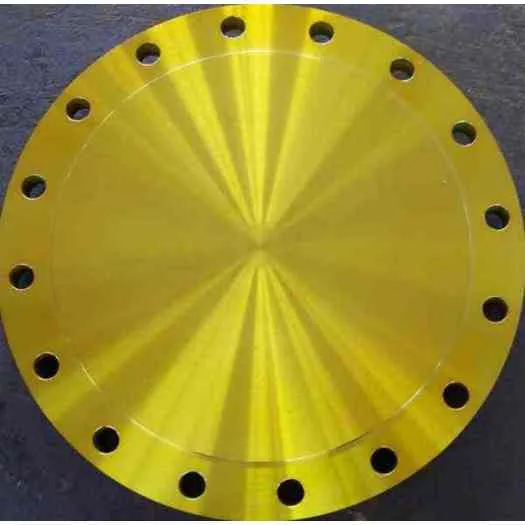-
Cangzhou Yulong Steel Co., Ltd.
-
Phone:
+86 13303177267 -
Email:
admin@ylsteelfittings.com
- English
- Arabic
- Italian
- Spanish
- Portuguese
- German
- kazakh
- Persian
- Greek
- French
- Russian
- Polish
- Thai
- Indonesian
- Vietnamese
- Zulu
- Korean
- Uzbek
- Hindi
- Serbian
- Malay
- Ukrainian
- Gujarati
- Haitian Creole
- hausa
- hawaiian
- Hebrew
- Miao
- Hungarian
- Icelandic
- igbo
- irish
- Japanese
- Javanese
- Kannada
- Khmer
- Rwandese
- Afrikaans
- Albanian
- Amharic
- Armenian
- Azerbaijani
- Basque
- Belarusian
- Bengali
- Bosnian
- Bulgarian
- Catalan
- Cebuano
- China
- China (Taiwan)
- Corsican
- Croatian
- Czech
- Danish
- Esperanto
- Estonian
- Finnish
- Frisian
- Galician
- Georgian
- Kurdish
- Kyrgyz
- Lao
- Latin
- Latvian
- Lithuanian
- Luxembourgish
- Macedonian
- Malgashi
- Malayalam
- Maltese
- Maori
- Marathi
- Mongolian
- Myanmar
- Nepali
- Norwegian
- Norwegian
- Occitan
- Pashto
- Dutch
- Punjabi
- Romanian
- Samoan
- Scottish Gaelic
- Sesotho
- Shona
- Sindhi
- Sinhala
- Slovak
- Slovenian
- Somali
- Sundanese
- Swahili
- Swedish
- Tagalog
- Tajik
- Tamil
- Tatar
- Telugu
- Turkish
- Turkmen
- Urdu
- Uighur
- Welsh
- Bantu
- Yiddish
- Yoruba

Nov . 26, 2024 00:46 Back to list
Understanding Seamless Pipe Dimensions and Specifications for Various Applications
Understanding Seamless Pipe Sizes A Comprehensive Guide
Seamless pipes are essential components in various industries, primarily in oil and gas, construction, and manufacturing. Unlike welded pipes, seamless pipes are formed without any joints or seams, which enhances their strength and resistance to external pressures. Understanding the various sizes and specifications of seamless pipes is crucial for selecting the right type for specific applications.
What Are Seamless Pipes?
Seamless pipes are made from solid round billets that are heated and then pushed or pulled over a form until the desired diameter is achieved. The lack of a seam significantly reduces the risk of failure under high pressure or temperature, making them the preferred choice for critical applications. They come in a wide range of sizes and materials, primarily carbon steel, stainless steel, and alloy steel.
Pipe Sizing Standards
Seamless pipes are classified based on nominal pipe size (NPS) and schedule. The NPS is a standardized measurement that influences the pipe’s outer diameter (OD) and wall thickness. The most common standards are ASTM (American Society for Testing and Materials) and ASME (American Society of Mechanical Engineers), with specifications like ASTM A106 for carbon steel pipes and ASTM A312 for stainless steel pipes.
Different Pipe Sizes
seamless pipe sizes

The diameter of seamless pipes can range from as small as 1/8 inch (NPS 1/8) to over 36 inches (NPS 36) or more in some cases. The wall thickness of these pipes varies according to their schedule number (SCH). For example, a pipe with a higher schedule number will have a thicker wall, offering greater strength for carrying high-pressure fluids.
The most common schedules used are SCH 40 and SCH 80, which differ in wall thickness. The size and schedule together determine the pressure rating of the pipe, which is critical in applications where high pressures are involved.
Choosing the Right Size
When selecting a seamless pipe, it’s important to consider the factors influencing your application. These include the type of fluid to be transported, the operating temperature and pressure, and the standards and regulations governing your industry.
For example, in the oil and gas sector, choosing the correct seamless pipe size is paramount due to the extreme conditions the pipes must endure. Higher pressures might require thicker walls and, consequently, pipes with a higher schedule.
Conclusion
In conclusion, understanding seamless pipe sizes is essential for engineers and procurement specialists in many industries. With the knowledge of nominal pipe sizes, schedules, and the physical characteristics of the materials used, professionals can make informed decisions that ensure safety, efficiency, and longevity in their applications. As industries evolve and demand for high-performance materials increases, accurate knowledge of seamless pipe sizes will continue to play a pivotal role in infrastructure development. Whether for construction, chemical processing, or energy transport, choosing the correct seamless pipe is key to operational success.
Latest news
-
ANSI 150P SS304 SO FLANGE
NewsFeb.14,2025
-
ASTM A333GR6 STEEL PIPE
NewsJan.20,2025
-
ANSI B16.5 WELDING NECK FLANGE
NewsJan.15,2026
-
ANSI B16.5 SLIP-ON FLANGE
NewsApr.19,2024
-
SABS 1123 FLANGE
NewsJan.15,2025
-
DIN86044 PLATE FLANGE
NewsApr.19,2024
-
DIN2527 BLIND FLANGE
NewsApr.12,2024
-
JIS B2311 Butt-Welding Fittings LR/SR 45°/90° /180°Seamless/Weld
NewsApr.23,2024











